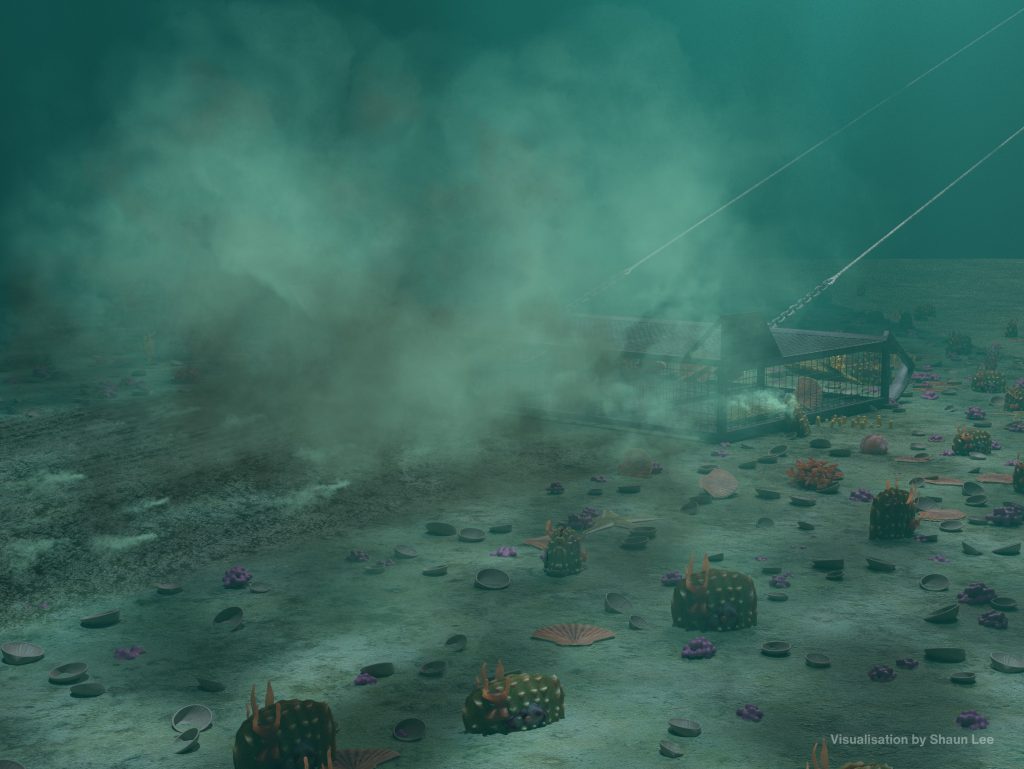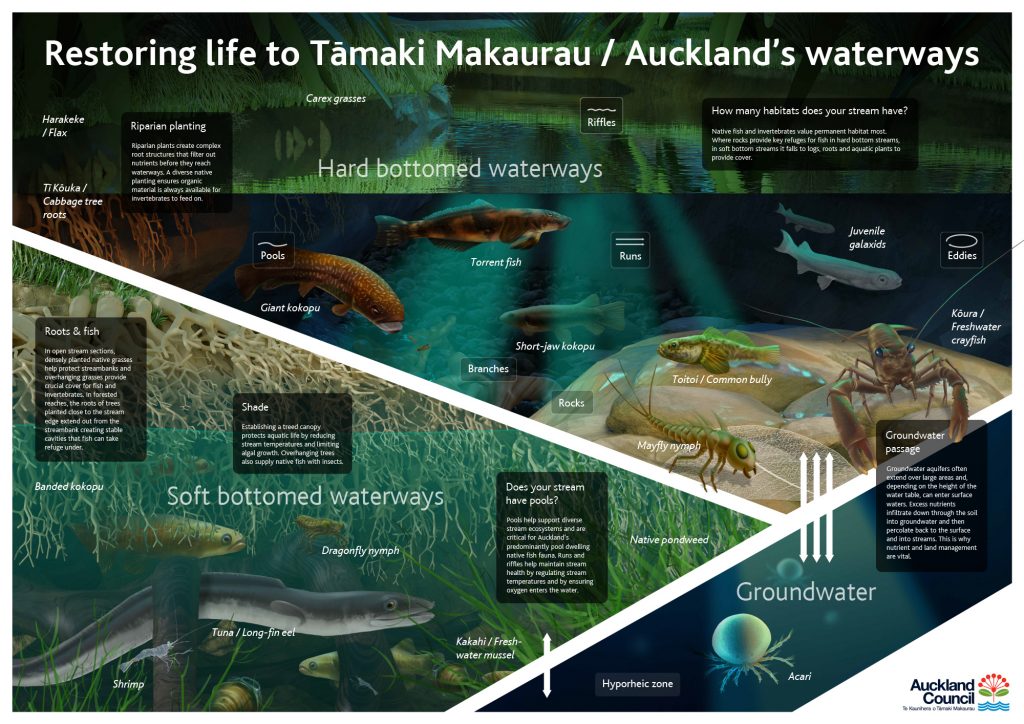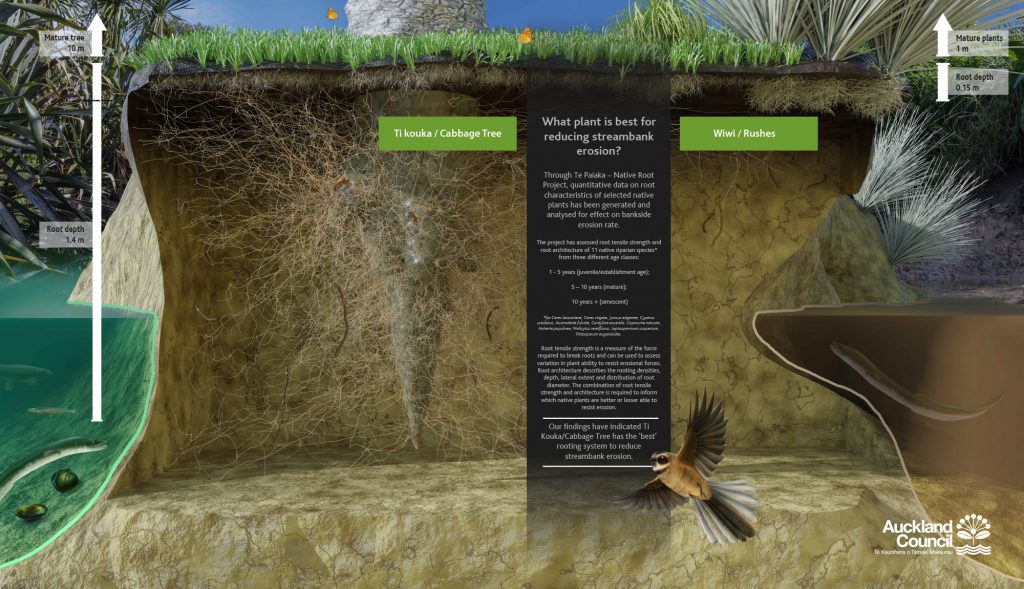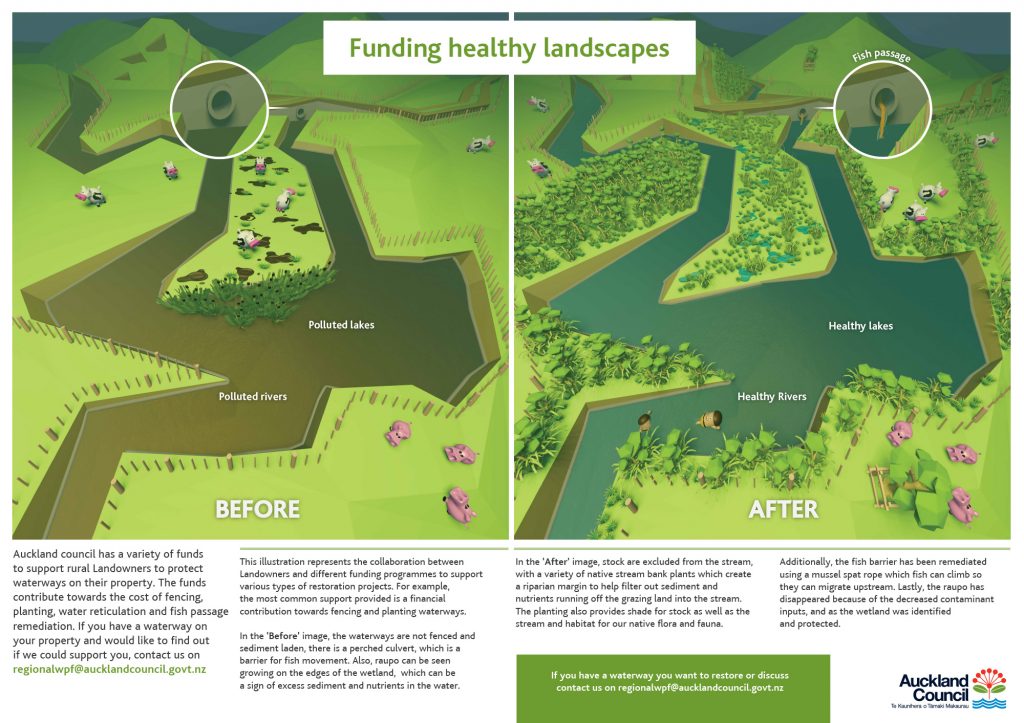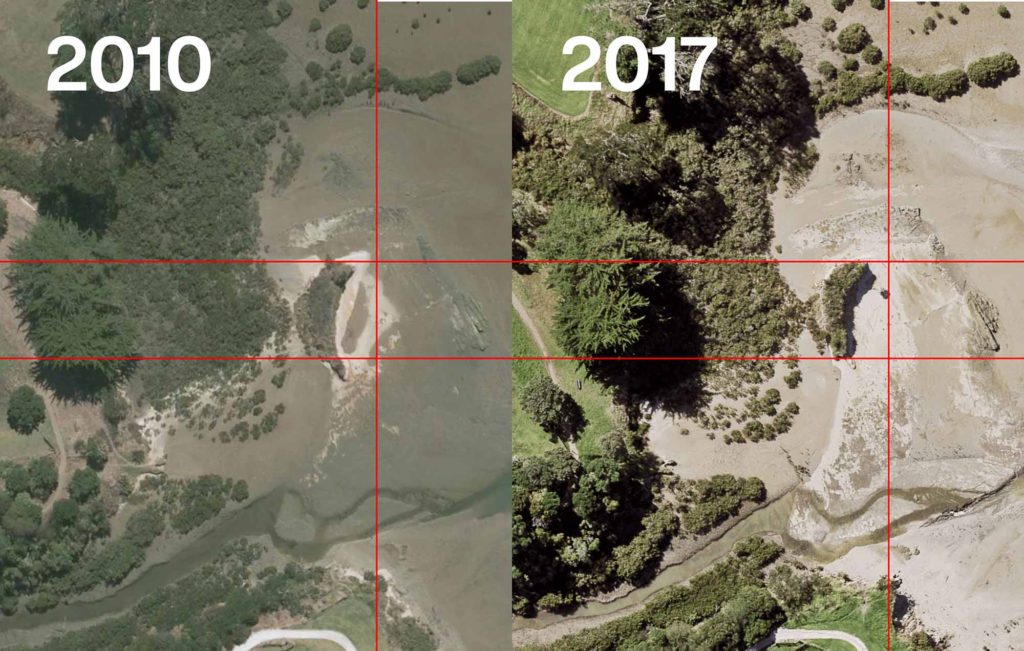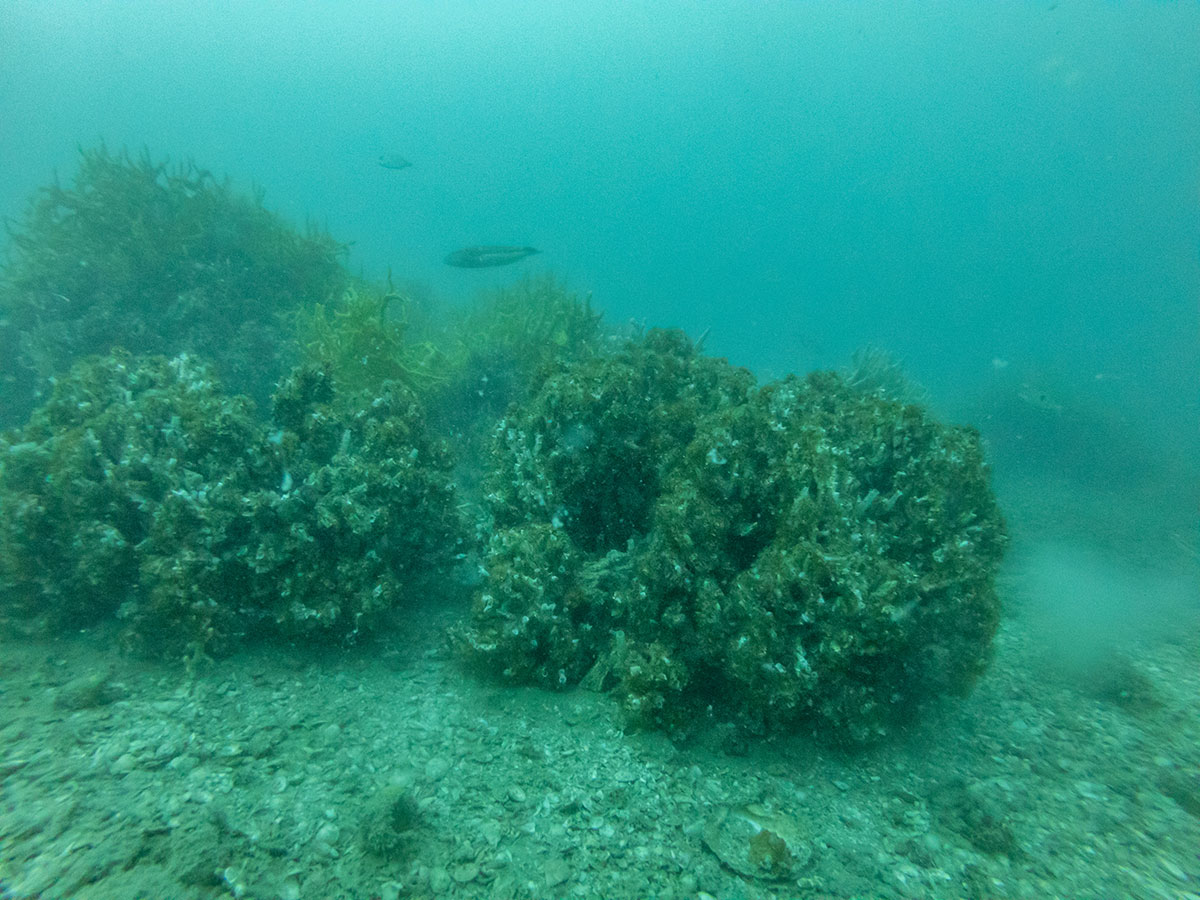Fisheries New Zealand (FNZ) is designing an NZ first Fisheries Management Plan for the Hauraki Gulf Marine Park that they are calling Ecosystem Based as part of the Revitalising the Gulf – Government Action on the Sea Change Plan. They are seeking an advisory group as part of their discourse of delay (Revitalising the Gulf was launched six months ago). I have not asked to be part of the process. Because the advisory group does not have any decision making capability it won’t be very effective in managing commercial fisheries (like Sea Change), this is because FNZ has been captured by industry (Parker 2016). FNZ also only want advice from people with experience in Fisheries Management, based on the state of Gulf this is like asking the Tabacco Industry to regulate smoking. But they might be able to reduce recreational catch which I think has the biggest impact on the Gulfs reef ecosystems. Unfortunately of the five voices, only one will be from the environmental sector, so it doesn’t have much of a chance of being ecosystem based, and to be truly ecosystem based; the scope would have to include the management of other impacts on the ocean like plastics and sediment (Government departments have hand picked recommendations from the Sea Change which was the only attempt at an integrated management plan). The plan will start to address the effects of fishing which FNZ should have been doing since the act was established in 1996. The Sustainable Seas Challenge has a project investigating what Ecosystem Based Fisheries Management would look like for the Gulf, it’s so political even the scientific proposal is two months late.
The outcomes of the proposed plan are:
- Healthy, functioning aquatic environments that support sustainable fisheries
- Fish stocks at levels which meet the needs of treaty partners and stakeholders
- Inclusive and integrated regional participation in governance of fisheries
Like more than 10% of New Zealanders I don’t eat our native wildlife, my suggestion for creating a really Ecosystem Based Fisheries Management Plan would stop all fishing in the Gulf and not be very popular 😀 So here are some ideas that might be a bit more palatable. First of all my outcomes would be different:
- Clearer water
- Restored kelp forests (no kina barrens & carbon sequestration)
- Increased biodiversity and intact ecosystems
- Increased abundance
- Climate change resilience
Obviously we need to stop bottom contact fishing (as per Sea Change and the Hauraki Gulf Forum goals) but on top of that, this is what I would do to achieve the above outcomes.
Provision 1: No more killing of functionally extinct native wildlife and habitats.
These species need to recover to much higher levels to perform ecosystem services and increase biodiversity. Species I consider functionally extinct. Kutai / Green-lipped mussels, Kōura / Spiny rock lobster and Packhorse rock lobster, Hapuku, Sharks etc.. Where populations of species are not known fishing should stop (precautionary approach) and the group complaining about the closure should pay for the science to measure it (user pays). Many species are in such a bad state we now need to also stop fishing practices that might kill them as bycatch (eg. Killing juvenile Hapuku who have a pelagic phase in Purse Sein nets). The sooner we stop killing the species the sooner we will see them recover. The advisory group will suggest long rebuild times for populations so they can keep killing as much as they can for as long as possible. I would stop all killing right now and wait until stocks have recovered to 80% biomass and there contribution to ecosystem function has been measured before considering harvesting again.
Provision 2: Reductions in the take of food for functionally extinct native wildlife.
This has been said before but just for marine mammals “Management of the Greater Hauraki Gulf should take into account the potential for trophic and system-level effects of re-establishment/recovery of marine mammals towards historical levels.” MacDiarmid 2016. I think it should apply to other functionally extinct predators like Hapuku.
Provision 3: No more killing native filter feeding animals that live on the seafloor.
Not everybody will love this idea but everyone will love the result – clearer water. The Gulf has been overloaded by sediment and nutrients and the tap is still running. Filter feeding animals help clear the water by removing sediment from water while looking for food (mostly phytoplankton).
Increasing populations of filter feeders that live on the seafloor, Kutai / Green-lipped mussel, Tipa / Scallop, Tuangi / Cockle, Hururoa / Horse mussel, Tio / Oyster etc will increase water clarity which will increase kelp biomass and carbon sequestration. Other benefits include more complex benthic habitats which are nurseries for fish, removal of harmful pathogens and even the production of sand. Increased water clarity benefits visual predators like Tāmure / Snapper and Human spearfishers.
In some parts of the Gulf a lot of money is being spent trying to actively restore shellfish, by not killing shellfish in areas where we still have remnant populations we can increase larval supply across the Gulf. Passive and active restoration activities are complementary.
Provision 4: Dramatic increases in forage fish populations.
By weight most of the fish in the Gulf are also filter feeders. These forage fish swim around in large schools with their mouths open feeding on zooplankton. Unlike the bivalves listed above they do not bind sediment up in balls and deposit it on the seafloor. This means not all the above benefits of increasing their populations apply, however its likely they play a critical role in the Gulfs ability to sequester carbon. I’m most interested in increasing forage fish populations because they are critical to many Gulf food webs. Commercial harvest of some forage fish like Blue mackerel has increased 300% in the last 20 years. This is reducing the amount of food available to protected species that we want more of, like whales and seabirds. Populations of most forage fish are not known so that would be the first step, I would then set the Total Allowable Catch (TAC) for Ecosystem Based Management (EBM) very low (E.g. 20% unfished biomass) and invest more in monitoring the breeding success of their predators (seabirds and cetaceans) and adjust the TAC accordingly.
Provision 5. Maximum size limits for recreational species.
Restoring Kōura / Spiny rock lobster and Packhorse rock lobster numbers is going to take a long time and they will need help to push back Kina / Sea urchin barrens and regrow our kelp forests. We can fix this by creating a maximum size limit for Tāmure / Snapper. Bigger snapper are better at managing Kina populations and are dramatically better at making baby Tāmure / Snapper. If the later is true for all finfish then it makes sense to introduce the maximum size limit across all species. Recreational fishers could still have fishing competitions but they would have to be catch-and-release. Large fish should learn to avoid hooks overtime reducing harm and selecting for traits that support catch-and-release. R&D would be required to match the gear to fish size for the longline fisheries but as I said earlier this group hasn’t been set up to have the power to influence commercial take.
Provision 6. Effort controls with gear limits.
We need to get much less good at killing fish. Methods like nets, pots and dredges need to be banned along with long lining. Gear restrictions should also apply to methods with high levels of bycatch. This is not just what is used (eg. set nets catching protected bird species) but also how (eg. Let’s stop all fishing in workups and spawning aggregations). This means a lot of re-educating fishers, the introduction of a license would be sensible (like Australia which has had licenses for 20 years and is not known for being progressive on wildlife protection).
Provision 7. A network of Marine Protected Areas covering at least 30% of the Gulf.
Source–sink dynamics are not hard for anyone interested in population management to understand. No-harm areas where populations can reach near 100% of their un-fished state can feed exploited areas. No one would design a conservation management plan on land without a wildlife refuge. I don’t see why the design of network of such areas should not be part of an ecosystem based population management plan in the ocean.
“It would be logical to close some scallop beds and create passive restoration (broodstock areas) to increase the fishery yield”
– Dr Mark Morrison, Shellfish Restoration Co-ordination Group, December 2021.
A recent poll showed that the 30% protection policy had 77% support from the public including Māori. These areas would serve as a reference point to compare the impacts of fishing elsewhere in the Gulf and provide the best possible resilience to climate change impacts like ocean acidification (which scares me more & more every time I look into it). One of the most difficult hurdles for Marine Reserve applications is the perpetual nature of the policy. Creating MPAs under a fisheries management plan would be a lot easier, voices of those seeking protection in the Gulf (like me) will go quiet the longer the areas stay closed to fishing and visa versa.
It’s a good time to share ideas on what an Ecosystem Based Fisheries Management plan would look like. There are some attempts to define it here, but they all try to avoid the idea of simply killing less native wildlife, no one wants to pay for that research.
References
MacDiarmid 2016. Taking Stock – the changes to New Zealand marine ecosystems since first human settlement: synthesis of major findings, and policy and management implications. New Zealand Aquatic Environment and Biodiversity Report No. 170 A.B. MacDiarmid et al. June 2016. Ministry for Primary Industries.
Parker 2016. Hon David Parker https://www.parliament.nz/en/pb/hansard-debates/ rhr/document/HansS_20160920_054787000/parker- david
UPDATE 6 MAY 2022
The Hauraki Gulf Fisheries Plan Advisory Group has been announced. The Chair is an old school fisheries scientist who is responsible for the current fish populations. There are three commercial voices and one (or one and a half) recreational. There are only two voices for serious change. I am not counting on it delivering significant change.
UPDATE 3 MAR 2023
My submission on the proposed plan which refines thoughts I began in this blog post. It includes additional critique of the draft plan and many new measures.



